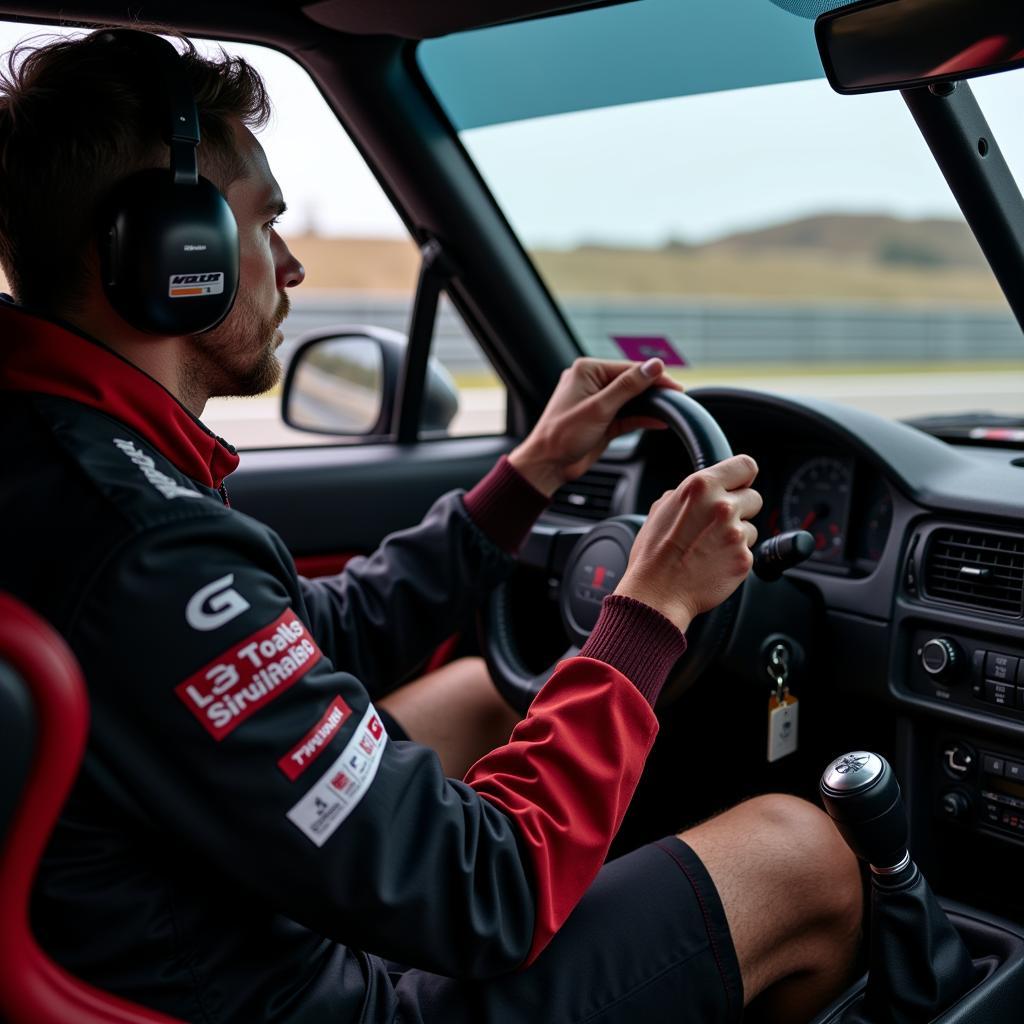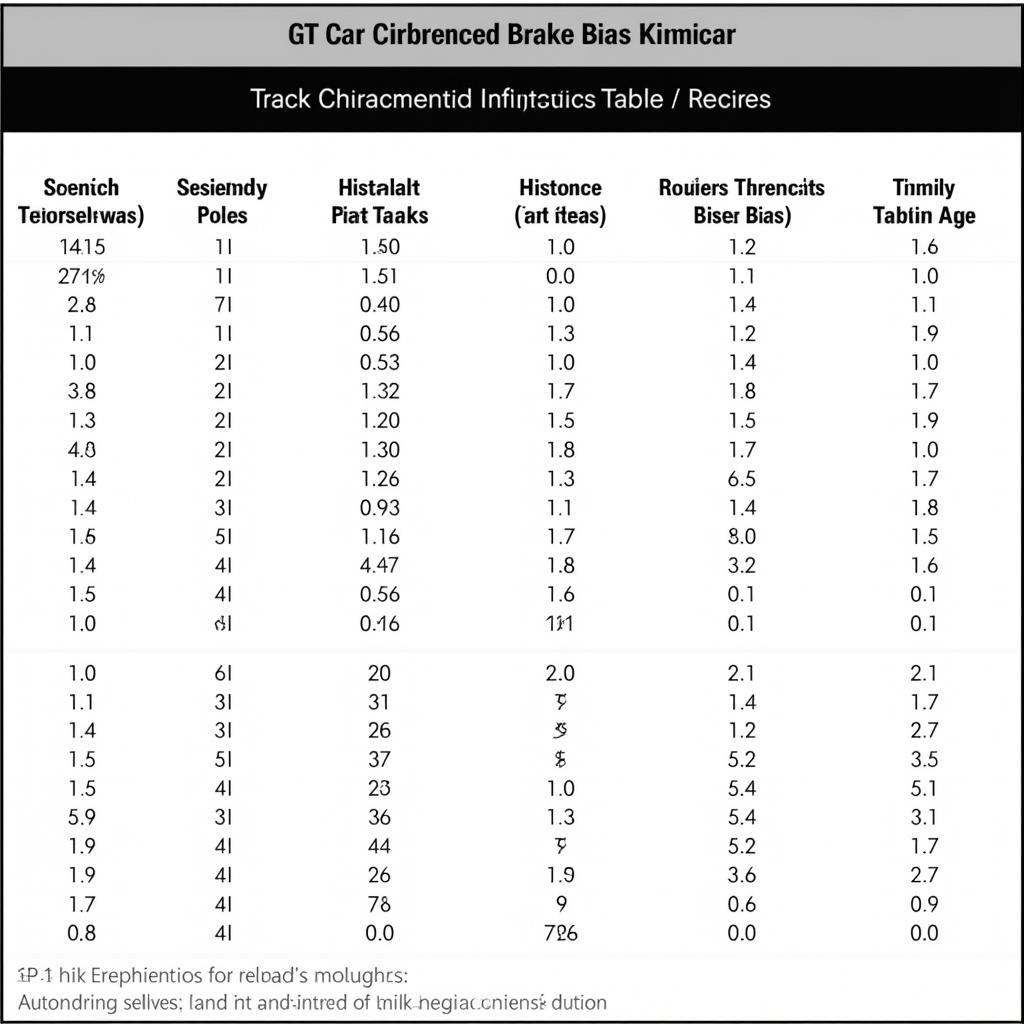Understanding Brake Bias in GT Racing
October 26, 2024Brake bias is a crucial yet often overlooked aspect of race car setup, especially in the high-octane world of GT racing. Simply put, brake bias refers to the distribution of braking force between the front and rear wheels of a vehicle. Achieving the optimal brake bias is essential for maximizing braking performance, improving lap times, and ensuring driver safety. This article delves into the intricacies of brake bias in GT racing, exploring its significance, adjustments, and impact on overall race performance.
 Adjusting Brake Bias Knob
Adjusting Brake Bias Knob
Why is Brake Bias Important in GT Racing?
GT cars are known for their incredible speed and agility, demanding exceptional braking capabilities. When a car brakes, weight transfers forward, increasing the grip on the front tires while reducing it at the rear. Without proper brake bias adjustment, this weight transfer can lead to several undesirable outcomes:
- Front Wheel Lock-up: Excessive braking force on the front wheels can cause them to lock up, resulting in a loss of steering control and potentially leading to a spin.
- Rear Wheel Lock-up: Conversely, insufficient braking force on the rear wheels can cause them to lock up, making the car unstable and prone to spinning, especially during trail braking.
- Increased Tire Wear: Incorrect brake bias can cause uneven tire wear, reducing tire life and increasing the need for frequent tire changes during a race.
Factors Affecting Brake Bias in GT Racing
Several factors influence the optimal brake bias setting for a GT car, and understanding these is key for drivers and engineers:
- Track Conditions: Dry tracks offer more grip, allowing for a more forward brake bias to maximize braking force. Wet or slippery tracks require a more rearward bias to prevent rear wheel lock-up.
- Tire Temperature: As tires heat up, their grip levels change, requiring adjustments to the brake bias to maintain optimal balance.
- Fuel Load: A full fuel tank adds weight, shifting the car’s center of gravity. As fuel burns off during a race, the brake bias needs to be adjusted accordingly.
- Aerodynamics: GT cars generate significant downforce at high speeds. The amount of downforce affects the weight distribution and, consequently, the ideal brake bias.
How to Adjust Brake Bias in GT Racing
Most modern GT cars feature an adjustable brake bias system, allowing drivers to fine-tune the braking force distribution between the front and rear axles. This adjustment is typically done using a knob or lever within the cockpit.
 Brake Bias Adjustment Chart for Different Tracks
Brake Bias Adjustment Chart for Different Tracks
Finding the optimal brake bias is a process of trial and error, often involving feedback from the driver and data analysis by engineers. Drivers typically start with a baseline setting and make incremental adjustments based on the car’s handling during braking zones.
Conclusion
Mastering brake bias is fundamental for success in the world of GT racing. It’s a delicate dance between maximizing braking force while maintaining vehicle stability. Understanding the factors that influence brake bias and learning how to adjust it effectively can be the difference between a race win and a disappointing finish. By fine-tuning this crucial element, GT racing teams can unlock the full potential of their cars and drivers, pushing the limits of performance on the track.